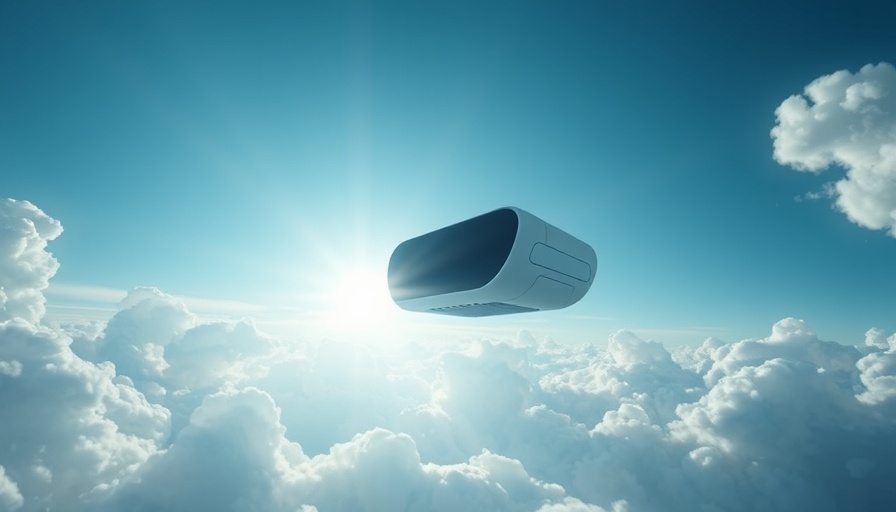
The Demise of Human-AI Integration: What Went Wrong?
The rollout of Humane's AI Pin was highly anticipated yet ultimately failed to capture the market's imagination. Despite initial enthusiasm and a significant investment of over $230 million, the AI Pin couldn't compete with existing smartphone technologies. After a launch marred by disappointing reviews, where critics described it as 'dysfunctional,' the company found itself in a position where returns were surpassing sales.
HP's Strategic Acquisition: A New Dawn for AI?
HP's acquisition of Humane's assets for $116 million has raised questions regarding the future of AI integration within everyday technologies. While HP will take over engineers and intellectual property from Humane, including the AI operating system CosmOS, the decision to discontinue the AI Pin signals a pivot. This could open new avenues for HP to innovate and lead in the AI space, as they seek to incorporate AI features into their existing product lines.
Lessons from the AI Pin Adventure: What Can We Learn?
The rise and fall of the AI Pin serve as an important case study for tech entrepreneurs and investors alike. Innovative ideas can quickly crash when consumer reception does not align with ambitious goals. Companies must be able to adapt quickly, responding to consumer feedback and market demands rather than being driven solely by technological aspirations.
Future Trends: Is the Market Ready for Wearable AI?
Even with the AI Pin's flop, the wearable AI market has potential—yet it may require a different approach than what Humane attempted. Future devices need to clearly solve existing problems and seamlessly integrate with the user’s lifestyle. As AI technology continues to advance, the possibilities for user-friendly applications in wearables remain promising.
For tech enthusiasts and industry professionals, it’s vital to analyze the trajectory of innovations like Humane’s AI Pin. Understanding the factors that contribute to both triumphs and setbacks in tech can guide future developments and shape market dynamics. Therefore, the conversation doesn’t end here; it’s just the beginning as we reassess the balance between innovation and user experience.
 Add Row
Add Row  Add
Add 




Write A Comment